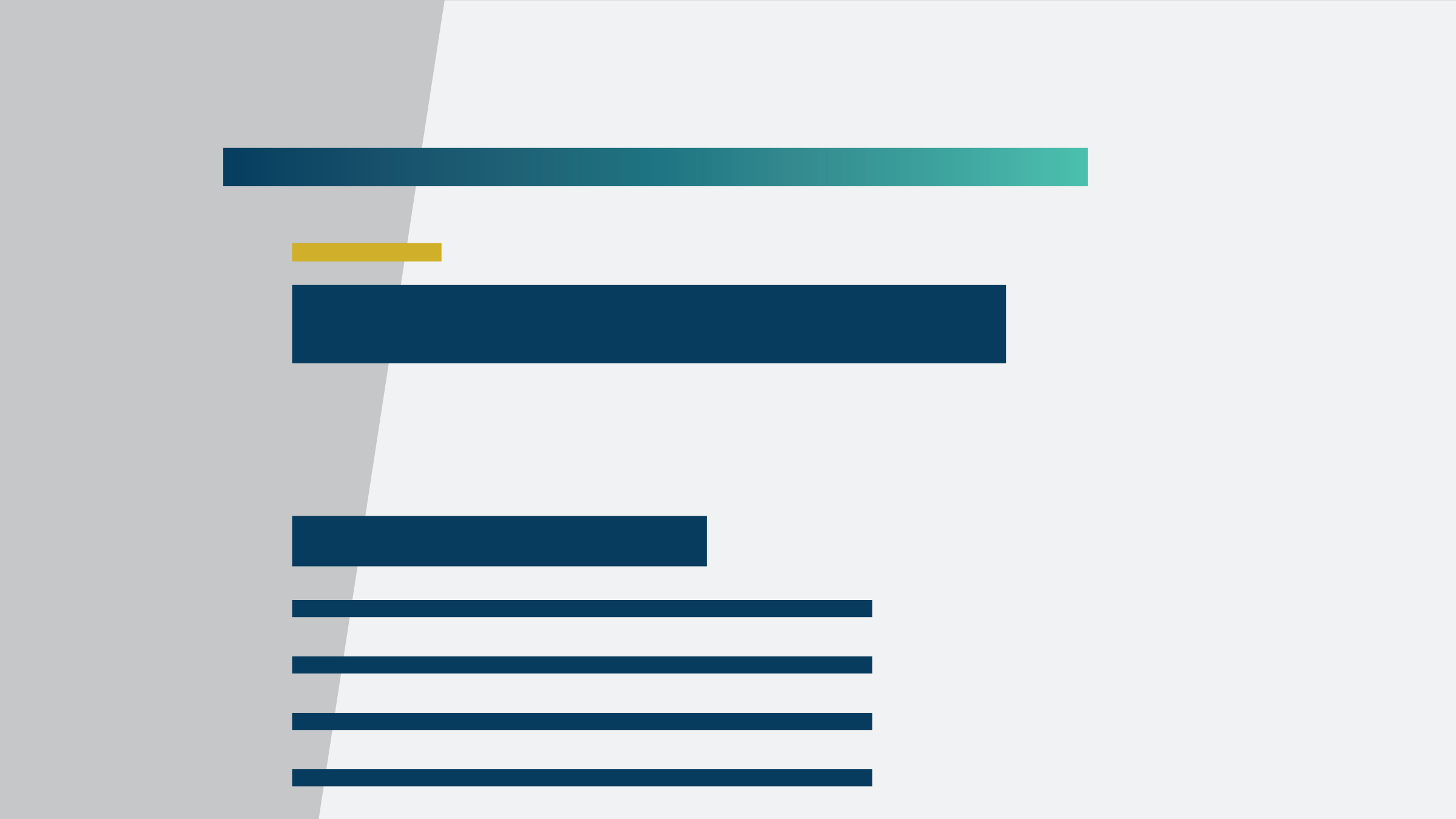Abstract
American consumer bankruptcy provides for a Fresh Start through the discharge of a household’s debt. Until recently, many European countries specified a No Fresh Start policy of life-long liability for debt. The trade-off between these two policies is that while Fresh Start provides insurance across states, it drives up interest rates and thereby makes life-cycle smoothing more difficult. This paper quantitatively compares these bankruptcy rules using a life-cycle model with incomplete markets calibrated to the U.S. and Germany. A key innovation is that households face idiosyncratic uncertainty about their net asset holdings (expense shocks) and labor income. We find that expense uncertainty plays a key role in evaluating consumer bankruptcy laws.




